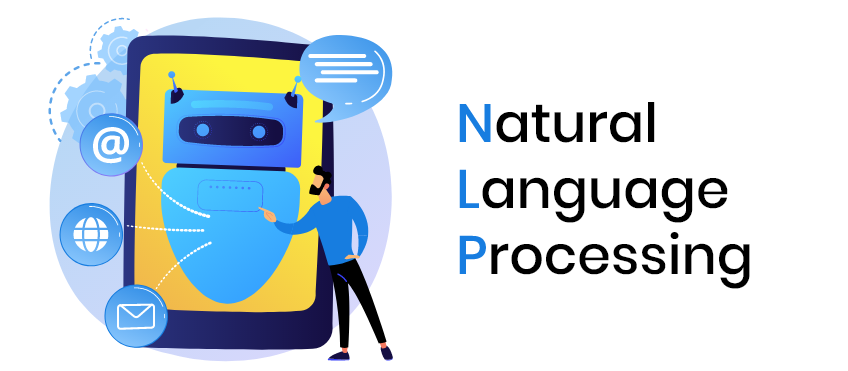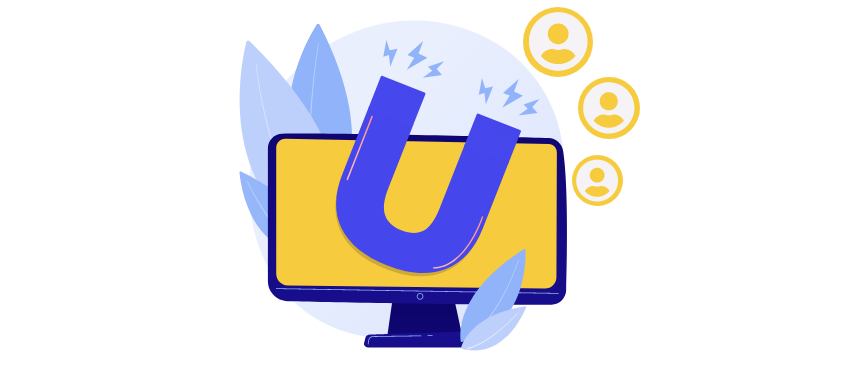What is Natural Language Processing? Does it help the market effectively today?

What is Natural Language Processing? Does it help the market effectively today?
In the age of smartphones where people exchange communication quickly and through chat on various platforms, the brands are bound to get a lot of unstructured text-heavy data in various ways like direct messages on customer support, comments from social media, reviews, etc. There should be an effective way of extracting insights out of this data and that’s where NLP kicks in
What is NLP?
Natural Language Processing, also shortened to NLP, is a subfield of artificial intelligence (AI). It helps machines process and understands the human language in any given context so that they automatically can carry out repetitive tasks such as machine translation, summarization, ticket classification, and more
How does it work?
The world has more than 6000 languages, all with its own syntactic and semantic rules. Depending on the language, we can use several methods to pre- process, the output of which will be used by the NLP algorithms to understand the language.
Depending on the language and task we choose the type of pre-processing. Some of the pre-processing steps on text data are explained below
- Tokenization: This breaks down the text into simple clauses/tokens
- Parts of speech: Identify the words in the sentence as a noun, pronouns, etc
- Stemming and lemmatization: Reduces the words into their root form
- Stop words removal: Removes non- important words like is, was, in, etc
The pre-processed data will be used by the basic NLP trained model to further train more sentences to understand the exact intent (classification task) behind the text(want to buy, complain about service, etc), understand the sentiment of the text(positive, neutral, negative), extract specific information from the text(name, place, order id, etc).
Where is it now?
Human communication is unique because it is generative, recursive, has displacement, signs, and also emotions
- Recursive: Used to describe a language with units (such as sentences or phrases) that can contain themselves (such as sentences within sentences or phrases within phrases)
- Generative: Human language is generative, which means that it can communicate an infinite number of ideas. This is because it is combinatorial: words can be combined in different orders to create different larger meanings of a sentence
- Displacement: This means that through the power of language, we can refer to things that aren’t present spatially or temporally. This is obviously a useful trait (it allows us to ask questions like “Where did I leave my wallet?”), and it is one that is largely missing from the animal kingdom
- Signs: We communicate effectively with hand signs and body movements
- Emotions: The way we express a sentence with emotions can change the context drastically.
Now imagine any combination of the above dimensions, for example, Like Monica in this video below saying ”˜I know’ with various emotions (Recursive and with emotions).
NLP algorithms are still trying to predict the intentions of the message by deciphering semantics and syntax of the language training in various sentences. Present NLP algorithms are limited to decipher the language text and so to achieve a talk with various complexities like above is very far-fetched (understanding the emotions and predicting when to intervene in a conversation, understanding the context of the sentence based on the emotion and sound modulation).
Today’s NLP-based applications like Emotion detection, aspect-based sentiment analysis on huge review databases, automatic mail classification to prioritize important emails, supporting basic questions and FAQs through chatbots, etc are already disrupting the market. This can disrupt already established solutions in the market but are based on an earlier generation of technologies and also can enable new markets. For instance, while the emerging neural machine translation (NMT) functionality may disrupt existing machine- translation-related markets, it is also enabling new applications that could not previously have been addressed due to accuracy, cost, or speed of translation.
ChatGen is a hybrid platform where you can construct basic bots to NLP bots for automating your communication in various business processes among various stakeholders inside and outside the firm, trying to replace existing LIVE chat platforms.










